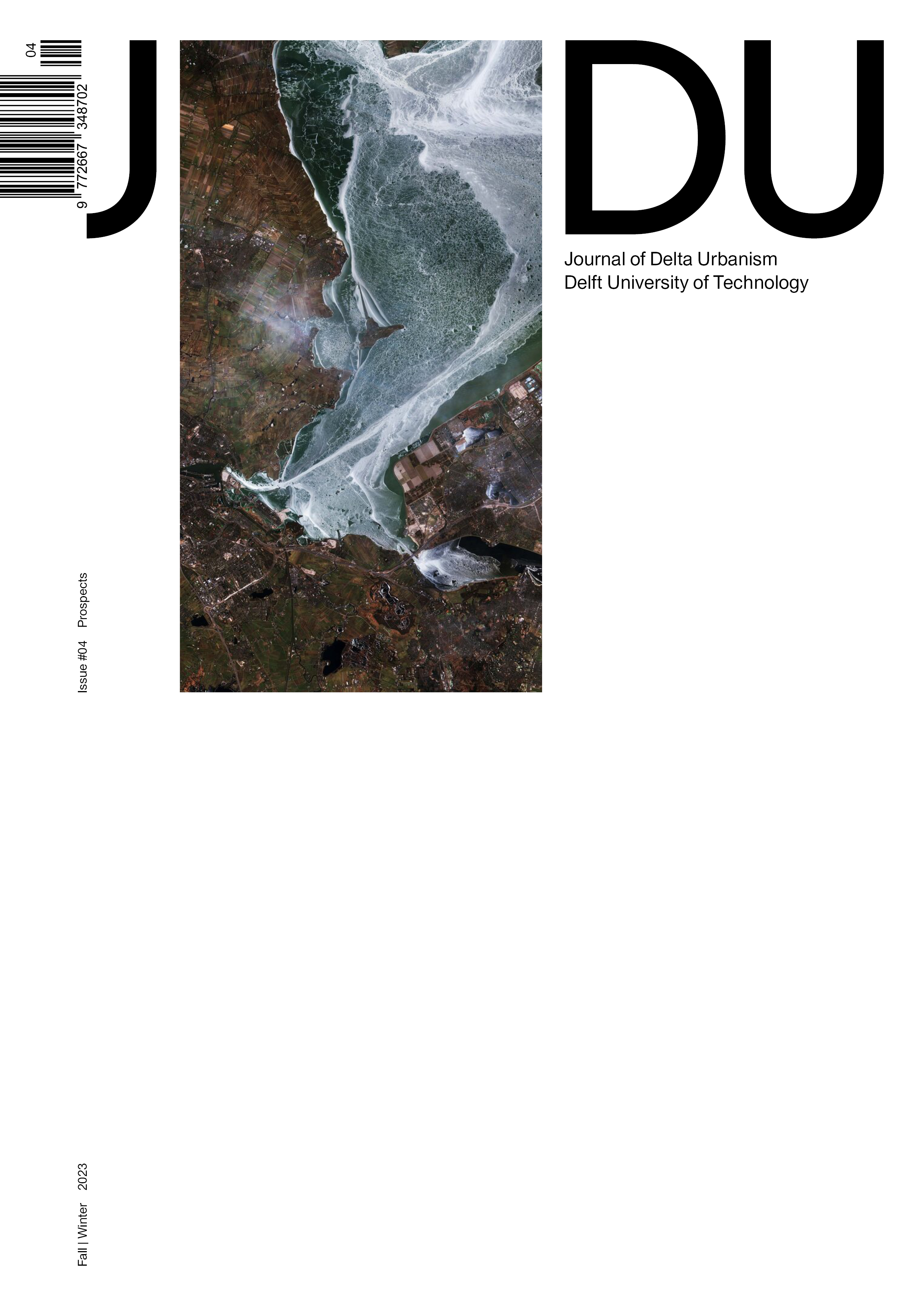Abstract
What role do policies play in shaping landscapes, especially in the context of the climate crises, considering the specific geographical and historical history of landscape practices? The first part of the essay discusses “operative landscapes” (Brenner) and “reciprocal landscapes” (Hutton) as a framework to look at the global exploitation of hinterland landscapes shaped by policies. We interrogate the role that both landscape images and landscape policies have historically played in today’s urban-rural divides, displacements and dependencies. Through cartographic examples, we propose the notion of policy palimpsests to look critically at the overlapping of forms of territorialisation through policies over time. In this framework, we interrogate the role and agency of landscape-oriented designers in policy-making to re-imagine and re-think alternative relations between nature and society. In the second part, we look at two examples from the work of Groundlab, demonstrating instances where designers actively participate in transdisciplinary teams to co-produce future visions through policy advocacy. These ways of seeing are encapsulated in the landscape visions that bring to the fore the labour and materials that sustain urban agglomerations.

This work is licensed under a Creative Commons Attribution 4.0 International License.

